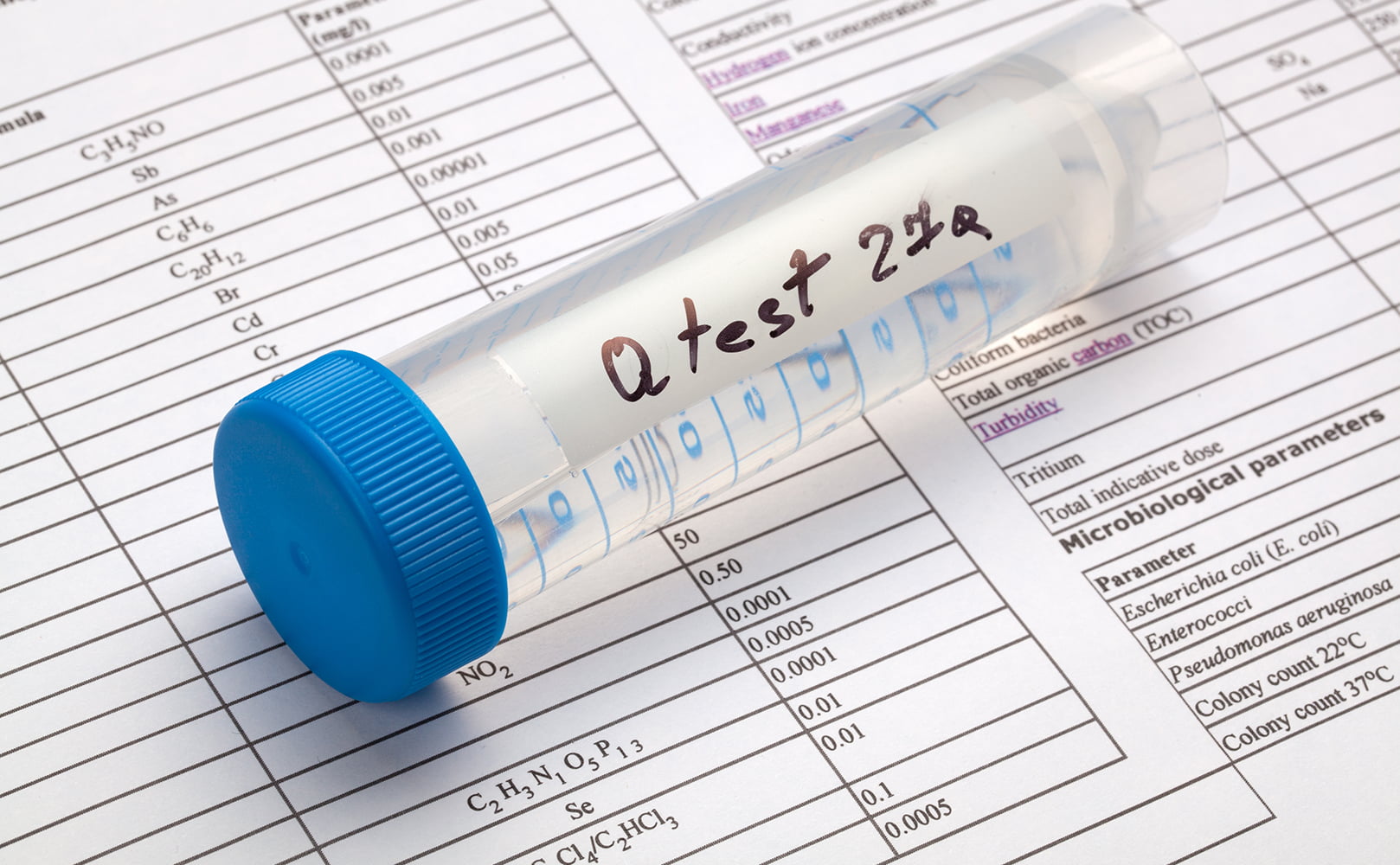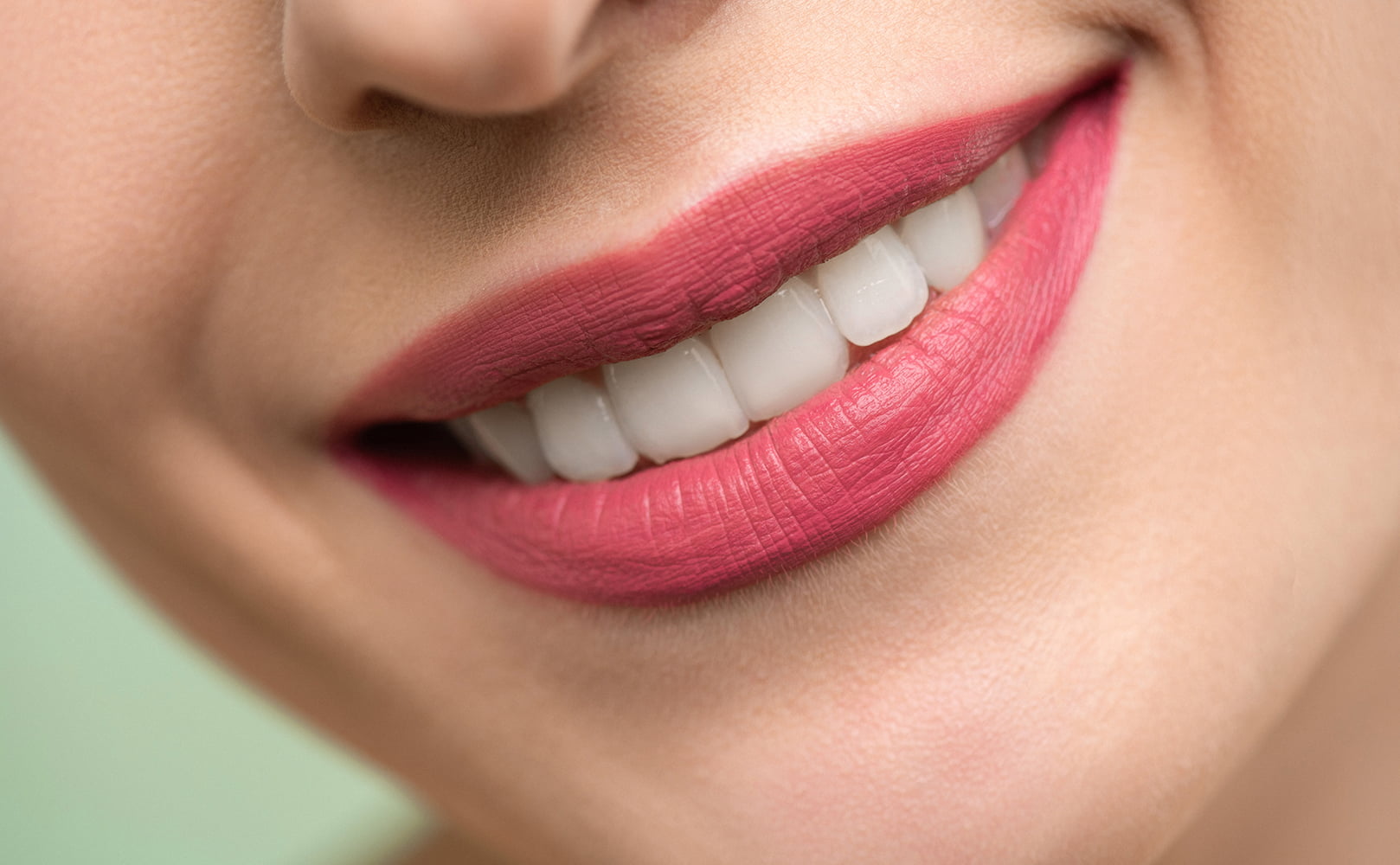How to Test Your Water for Fluoride?
Written by: Gene Fitzgerald // Last Updated: Mar 2, 2023
This page may contain affiliate links. If you buy a product or service through such a link we earn a commission at no extra cost to you. Learn more.
Most people in the U.S drink fluoridated tap water. However, water fluoridation has become a controversial hot topic in recent years.
This is because research and studies have raised questions about the need to fluoridate our drinking water. Rather unsurprisingly, several social activist groups petitioned the EPA to ban the addition of fluoride in tap water in 2016, citing all the potential health risks related to overexposure to the infamous element.
Needless to say, over 200 million Americans still drink fluoridated water and will continue to do so for at least a couple of years unless the government decides to halt the practice.
That said, fluoride levels in public but also private water supplies can vary, depending on factors like how much fluoride is added in the first place,
So, before you rummage to find safety measures, it’s wise to find out the concentration of fluoride in your water supply. How to test water for fluoride? Here’s a quick guide to help you.
Key Takeaways
These are the ways you can test your water for fluoride:
- Professional lab test – Most accurate but the most expensive option.
- DIY fluoride test strips – Cheap and easy to use but may not be very accurate.
- Reactive testing kits – Cheap and accurate but can be complicated to use.
How to Test Water for Fluoride?
Most but not all major U.S. cities fluoridate their water. The easiest way to find out if your tap water is laced is to contact your local government or water utility. They should be able to tell you whether or not your tap water is fluoridated and by how much. Concentrations are usually measured in ppm or mg/L.
If you prefer to do your own testing for whatever reason or you use a private well, you can take matters into your own hands.
Here are the three most suitable ways to test fluoride concentrations in water.
1. Professional Lab Test
The most reliable way to test your water for any sort of contamination is to conduct a professional lab test.
Apart from detecting the exact amount of fluoride in your very own home water supply, a lab test highlights the presence of all competing contaminants that are swimming in your water – if you pay for it. This key information helps you select the best method to treat your water, not just one contaminant.
However, you must look for an EPA-certified laboratory to ensure it follows protocol and withholds high levels of testing. We recommend: SimpleLab with their service Tap Score.
Get $10 Off! Use Code: BOS10
Alternatively, you can find a lab near you at the EPA’s website.
Once you have selected a lab, here is what you need to do:
- Call them and ask exactly how you should collect the water sample.
- Some labs ask you to collect their sterilized sample bottles so the results are not biased. In that case, you must first collect the bottle from the lab and then follow the rest of the procedure.
- Once you have the water sample, drop it off at the lab.
- You will finally get a detailed report prepared by trained personnel in a restricted environment.
Pros
- A genuine lab test gives you the most accurate results.
- It highlights the presence of other dangerous contaminants if you want.
- You can ask for assistance from the testing facilities if you have trouble finding the best treatment solution for your water.
Cons
- A lab test costs up to hundreds of dollars, so it’s not exactly cheap.
- It may take a few days to get the results.
2. Fluoride Test Strips
If you are looking for the most economical and easy method to test your water, fluoride test strips are your best bet. They are easy to use and give results almost instantaneously.
All you have to do is dip a strip in a glass of plain tap or well water and hold it in for a few seconds.
Remove from the glass and wait for a minute before comparing it to the color chart provided on the packaging.
Pros
- Most fluoride water test strips are user-friendly and come with simple instructions.
- They are cheap and readily available at local home stores or online (Amazon and eBay).
- If used correctly, they give quite accurate results.
Cons
- A water test kit specially designed to detect fluoride will not detect any other impurities.
- It may not accurately highlight the concentration of fluoride.
- Some test kits have vague instructions.
- If you don’t attempt the test as required, you end up compromising the accuracy of the result.
3. Reactive Testing Kits
Similar to DIY fluoride water test kits, you can use a reactive testing kit at home easily. Here’s how to use it:
- First, fill a small disposable bottle with the specified amount of water.
- Add the liquid reagent to the bottle and shake gently to allow the solution to become uniform.
- Slide the sample into the photometer (if provided) and wait for the results to show. The photometer will detect any electromagnetic changes in your water.
- In case your testing kit has a colored disc chart, use it to compare the color of the solution.
Pros
- Reagent water testing kits provide accurate results.
- They don’t cost a lot (under $100).
Cons
- If you are using a photometer, it may require calibration. Moreover, you may also need trial and error to figure out how it works.
- May not show accurate results if instructions are not followed properly.
What Fluoride Levels Are Safe?
When talking about fluoridated water levels and their safety, we must consider two figures:
- The US Environmental Protection Agency (EPA) has set the Maximum Contaminant Level Goal of fluoride in drinking water to 4.0 mg/L. This is the level of fluoride in water where there are no known or expected health risks associated, according to the EPA. However, please note that maximum contaminant levels are “non-enforceable public health goals”.
- According to the Department of Health and Human Services, your water must contain 0.7 milligrams of fluoride per liter for optimal dental health.
Water Fluoridation
When municipal water supplies first started adding fluoride to their water – in the year 1962 – the recommended range was 0.7 to 1.2 milligram per liter. Today, it’s 0.7 mg/L as explained above.
The main reason for the decrease in fluoride levels was brought about after health experts pointed out that Americans now have access to multiple other fluoride sources.
Natural Fluoride Sources
Since fluoride is an element found in abundance in the Earth’s crust, it is also naturally present in almost all water bodies. Besides, foods rich in fluoride include spinach, grapes, and tea & coffee.
Are There Fluoride Dangers?
Over the past couple of decades, multiple studies have begun to challenge the assumptions about the need and safety of ingesting additional fluoride via drinking water.
The real problem nowadays is, fluoride is everywhere: For example in processed foods and beverages like soda, in dental products, and in some medicines too. This additional fluoride is what causes the real danger.
Here are a few potential problems that can arise due to the overconsumption of fluoride over a long time.
Dental Fluorosis
Almost 99% of fluoride that enters our body is stored in our teeth and bones. As a result, over-exposure can lead to discolored and disfigured teeth in children under six years.
Skeletal Fluorosis
Characterized by painful and stiff bones, skeletal fluorosis occurs when excess fluoride deposits in your bones.
Neurological Problems
Since 1% of fluoride makes its way to our brain cells, an overdose may cause sleep-related issues, fatigue, and depression.
Thyroid Problems
Fluoride can suppress the function of the thyroid gland interfering with the hormones in your body. In bad cases, it may result in hyperthyroidism which opens up your body to a host of other illnesses.
If you have any questions about how to test water for fluoride please don’t hesitate to leave a comment below!
Information provided on BOS is for educational purposes only. The products and services we review may not be right for your individual circumstances.
We adhere to strict editorial guidelines. Rest assured, the opinions expressed have not been provided, reviewed, or otherwise endorsed by our partners – they are unbiased, independent, and the author’s alone. Our licensed experts fact-check all content for accuracy. It is accurate as of the date posted and to the best of our knowledge.




